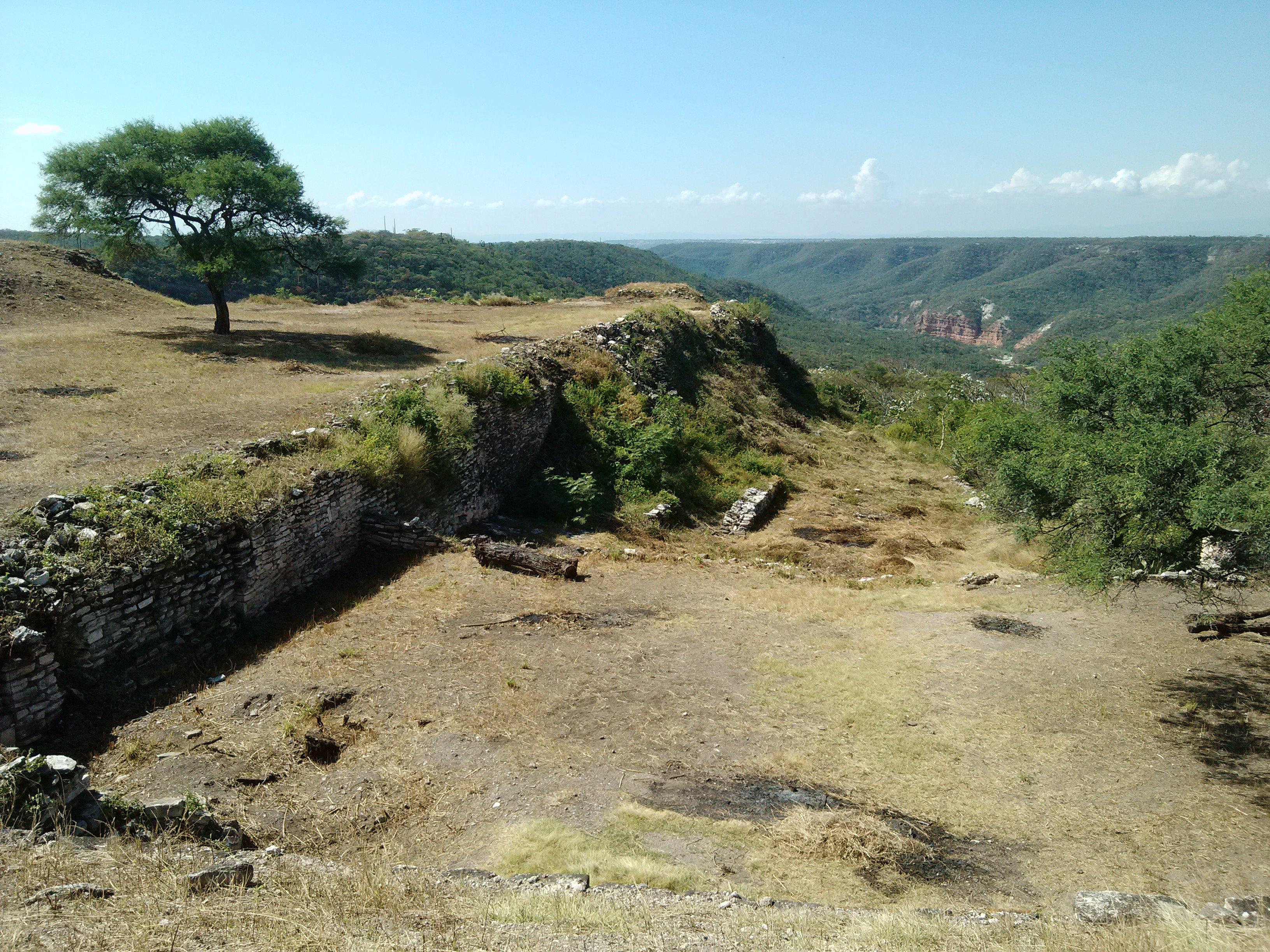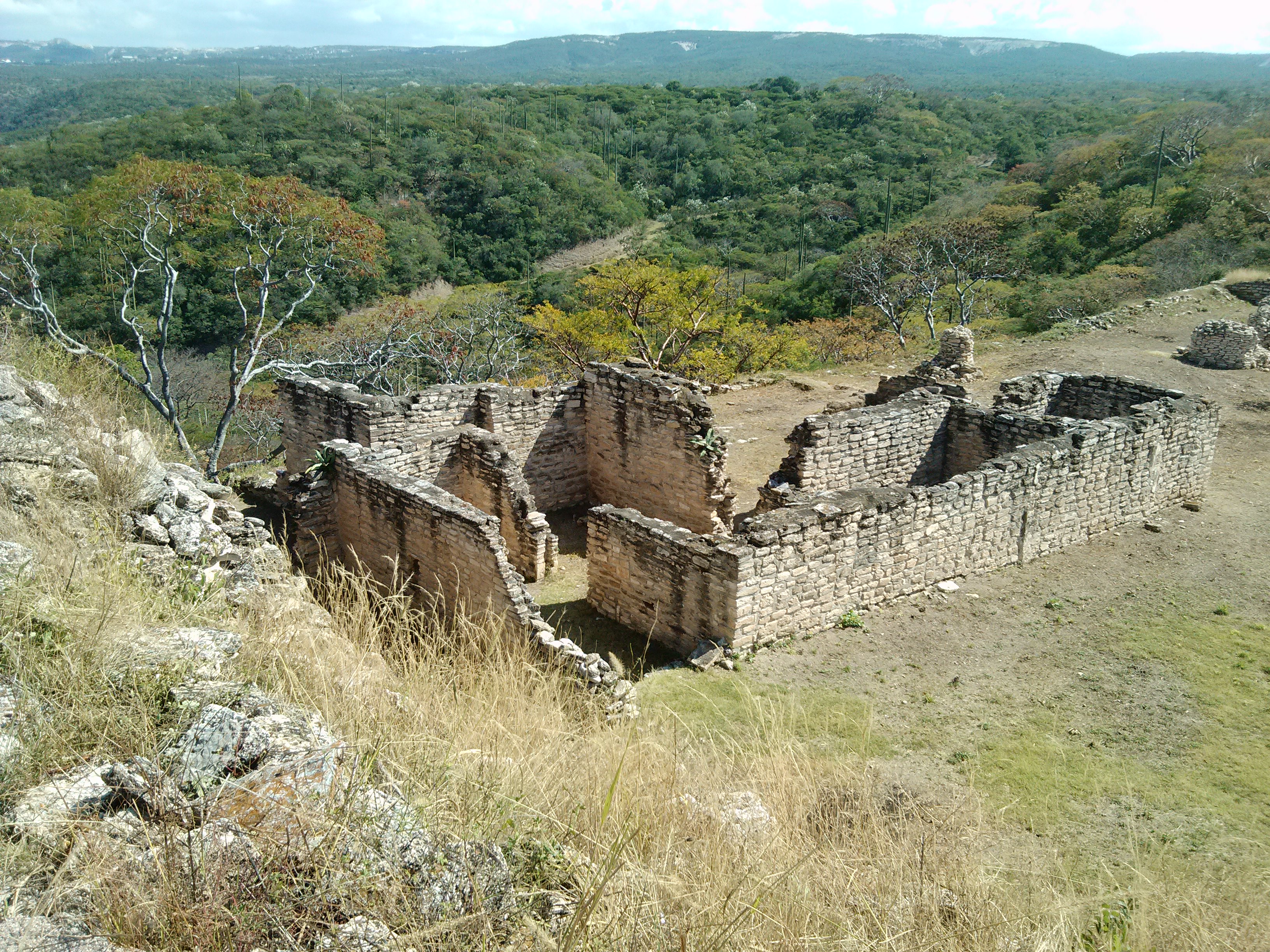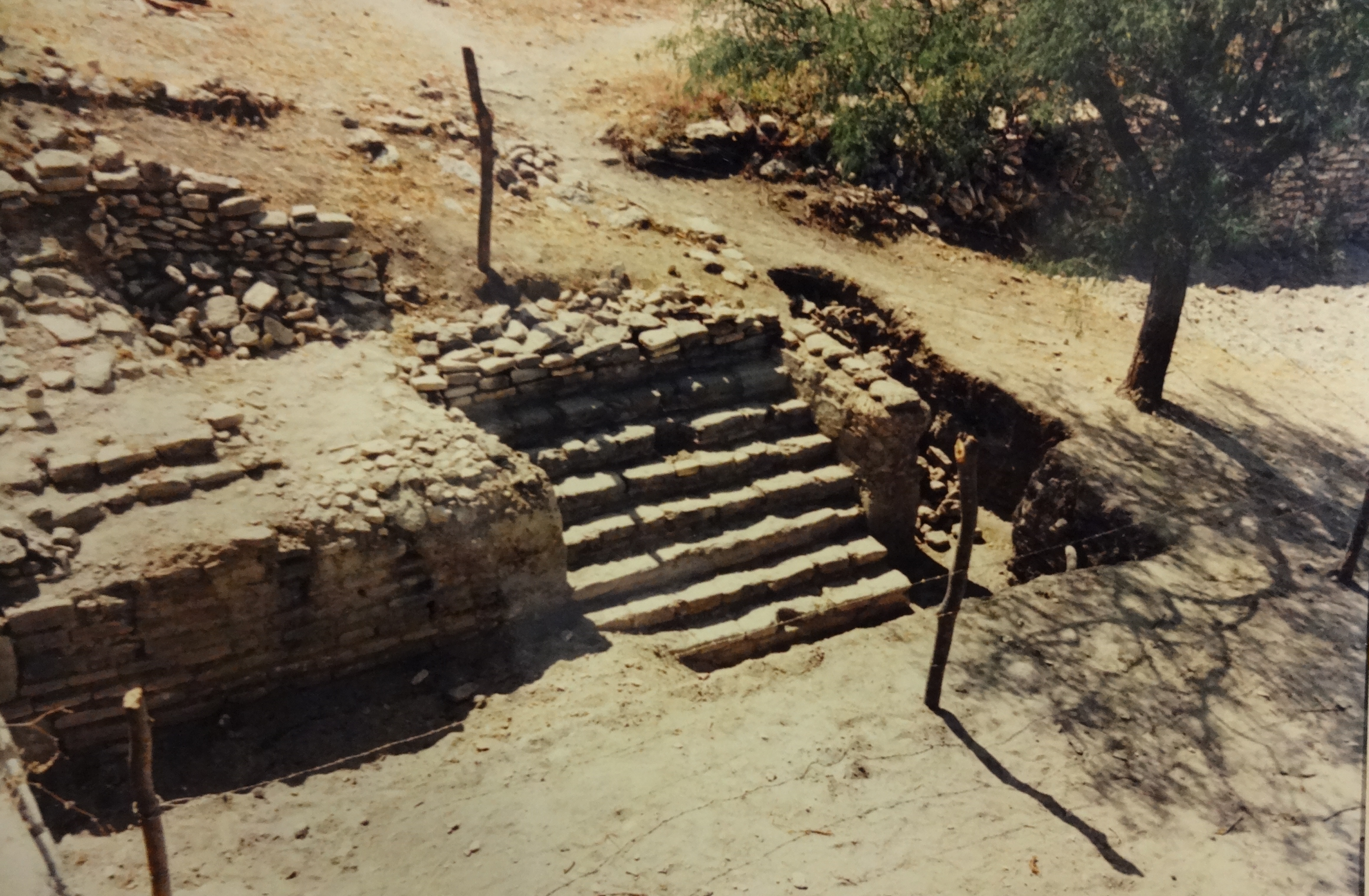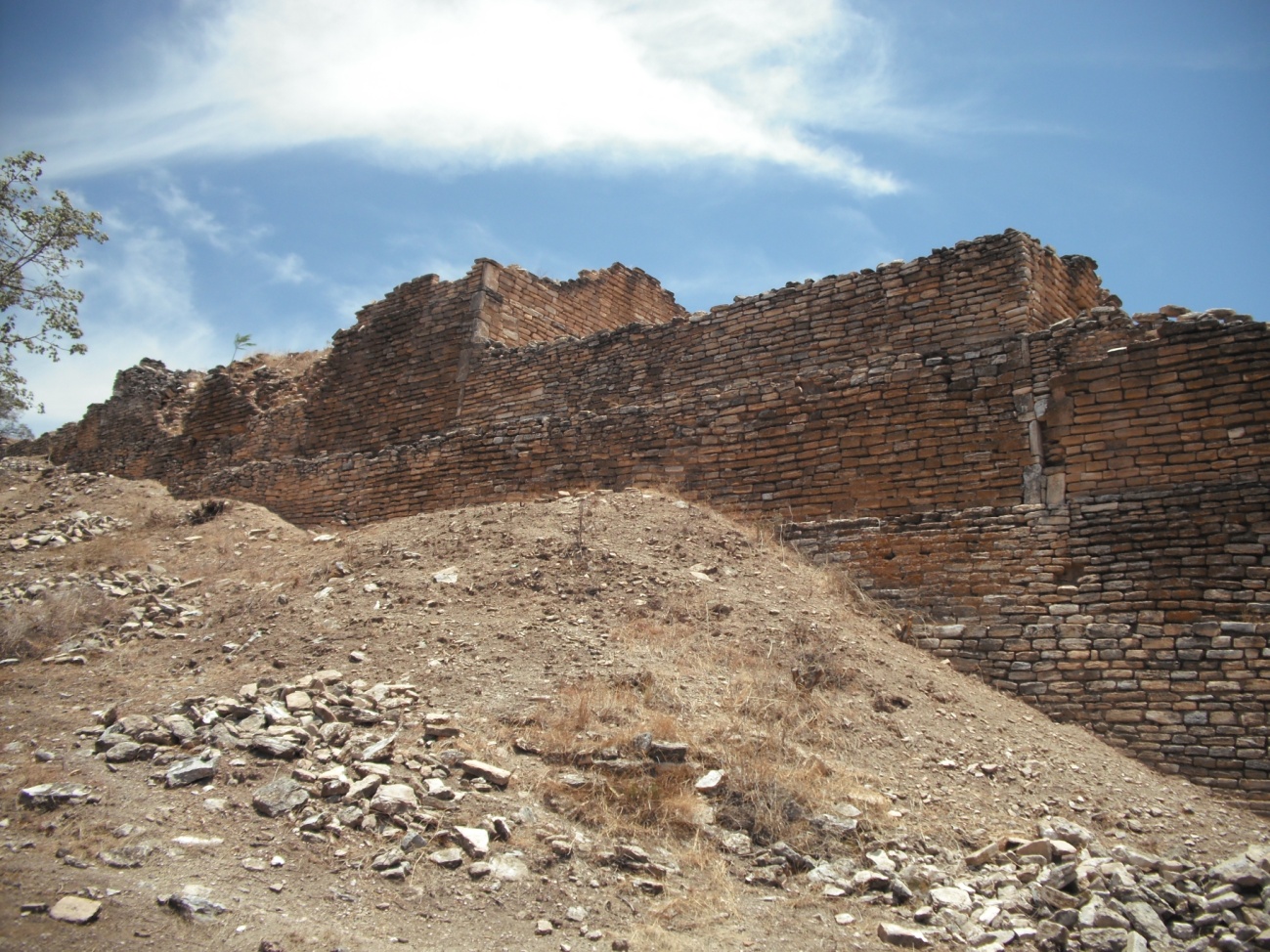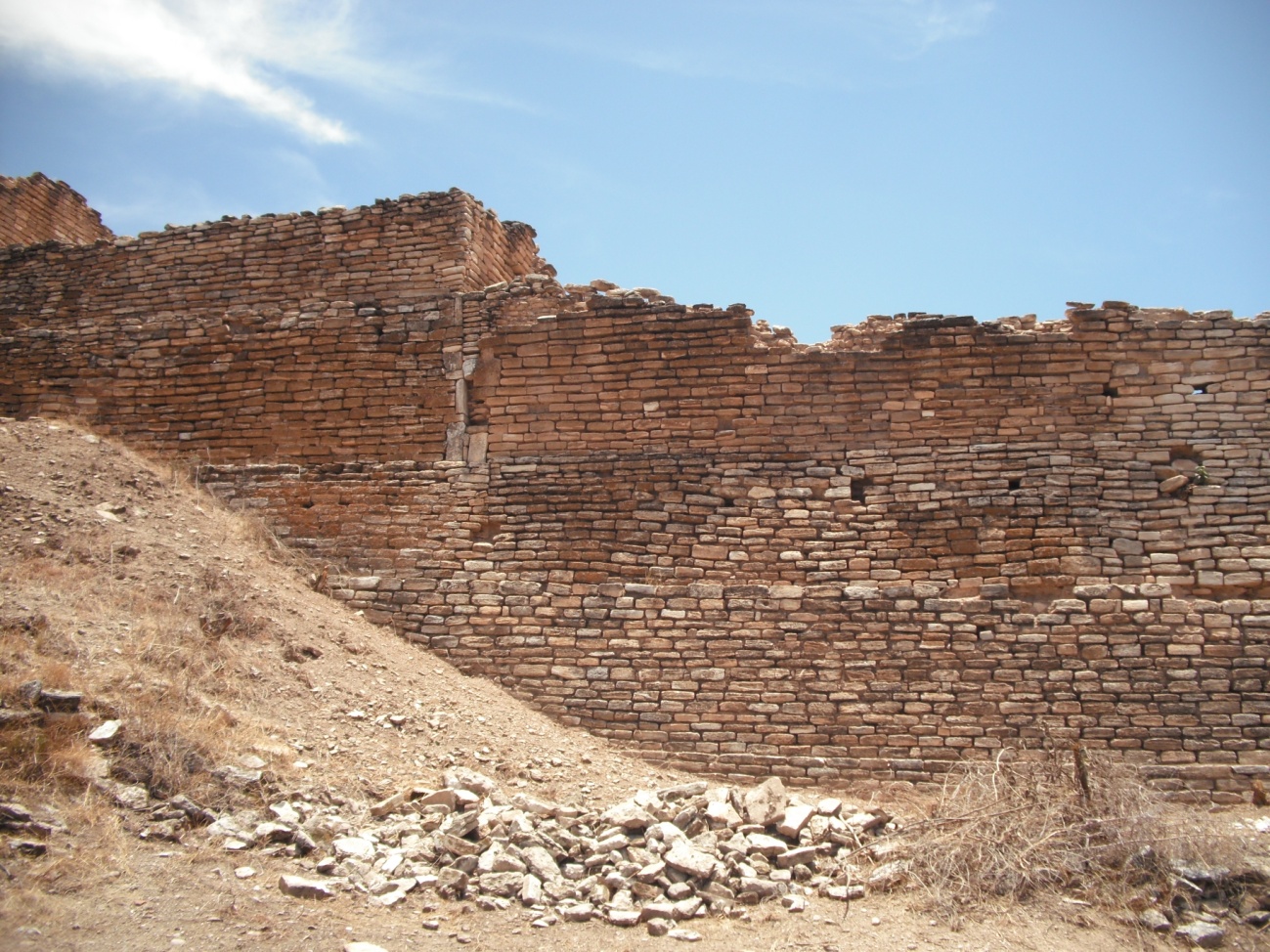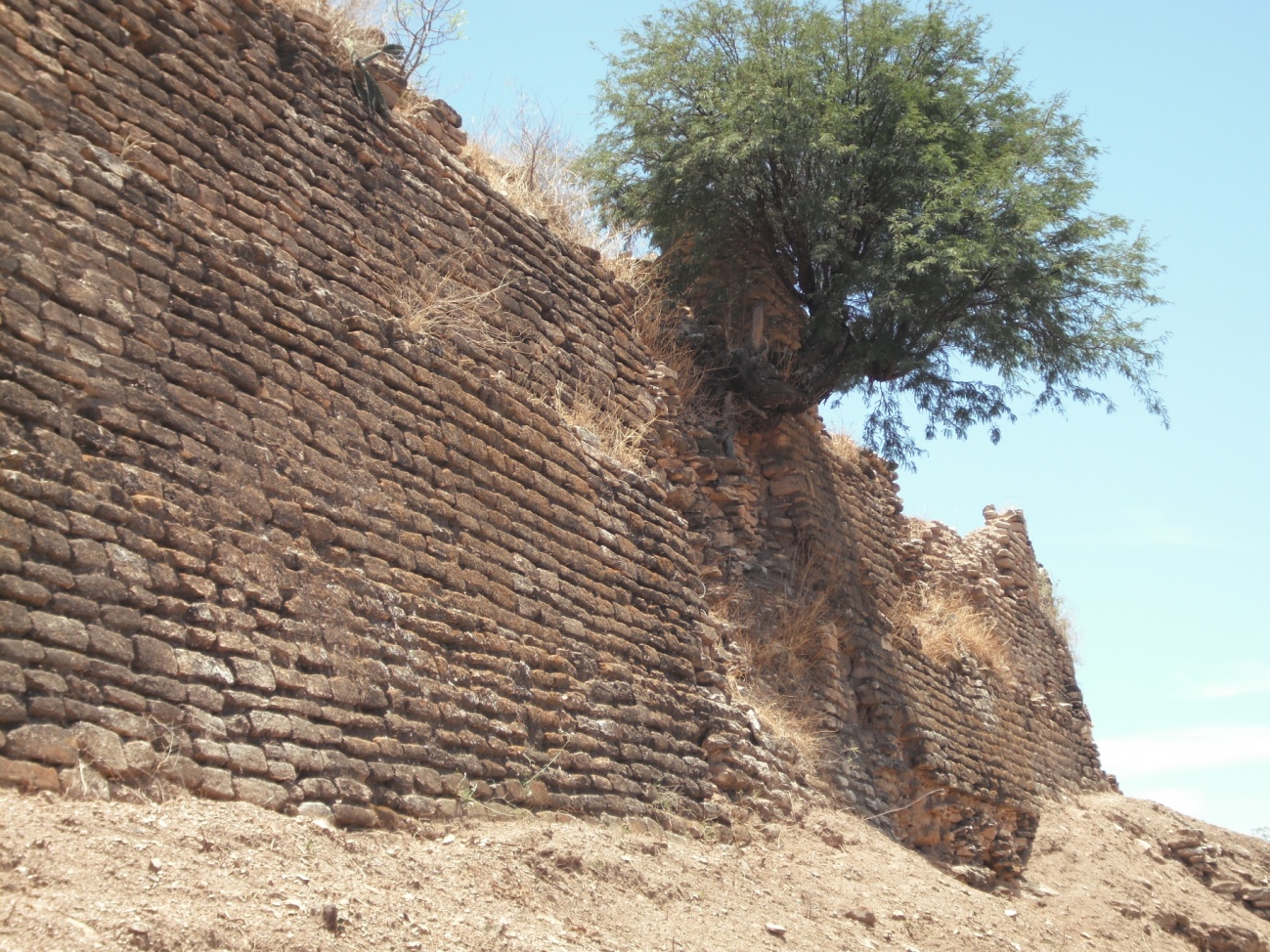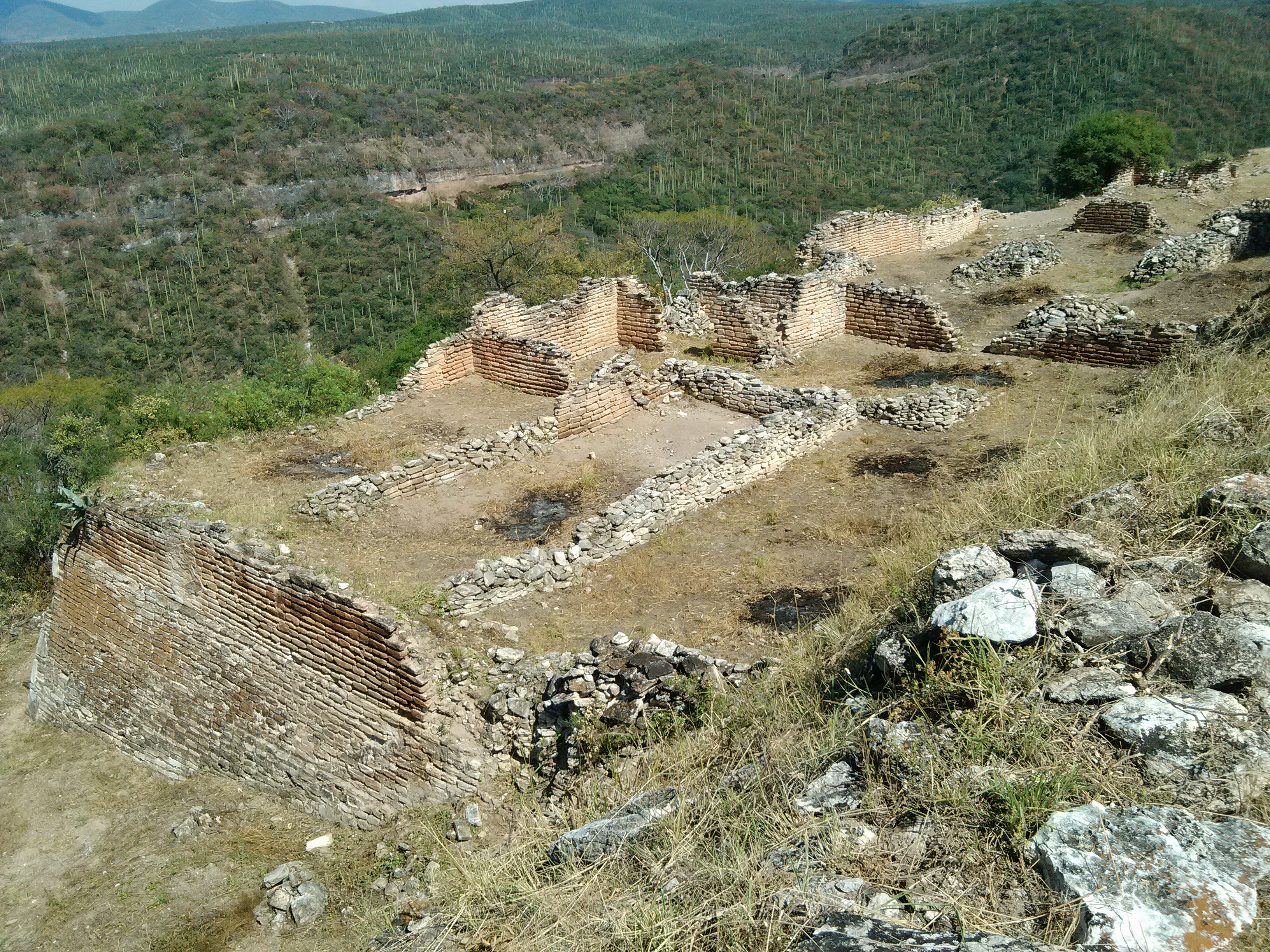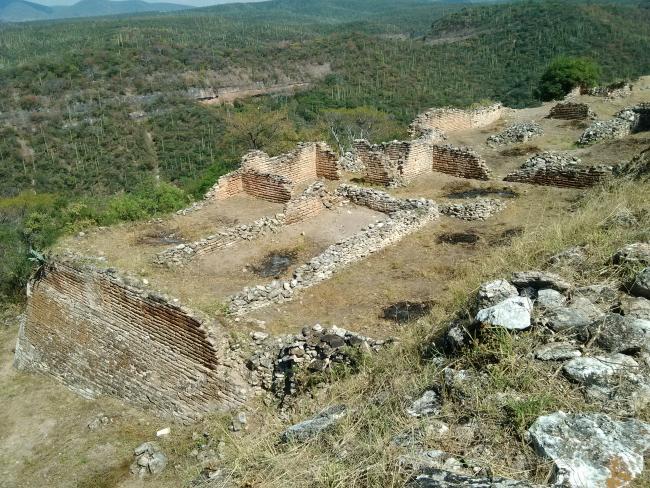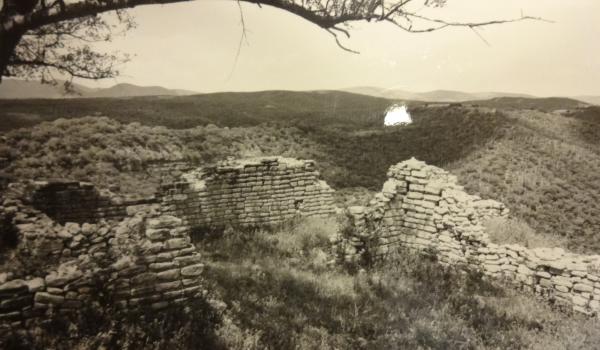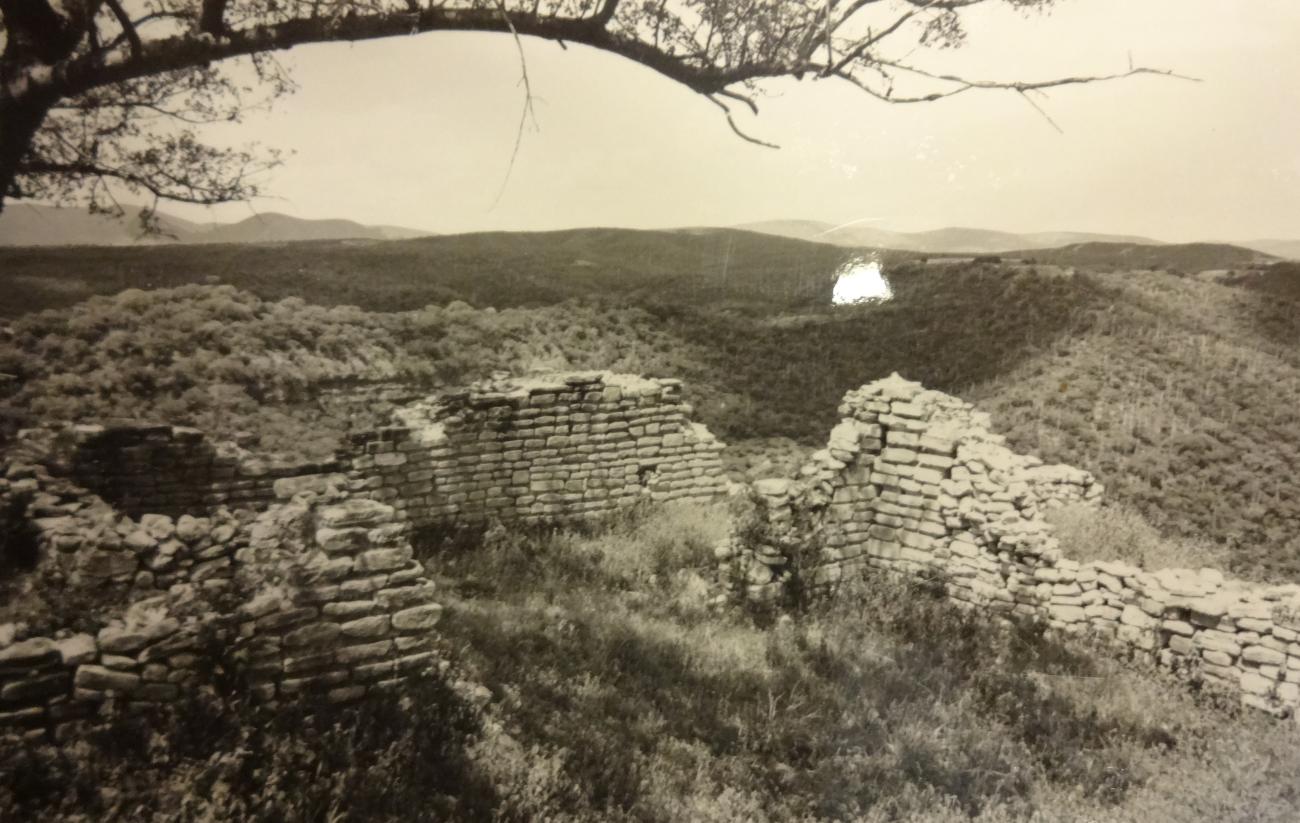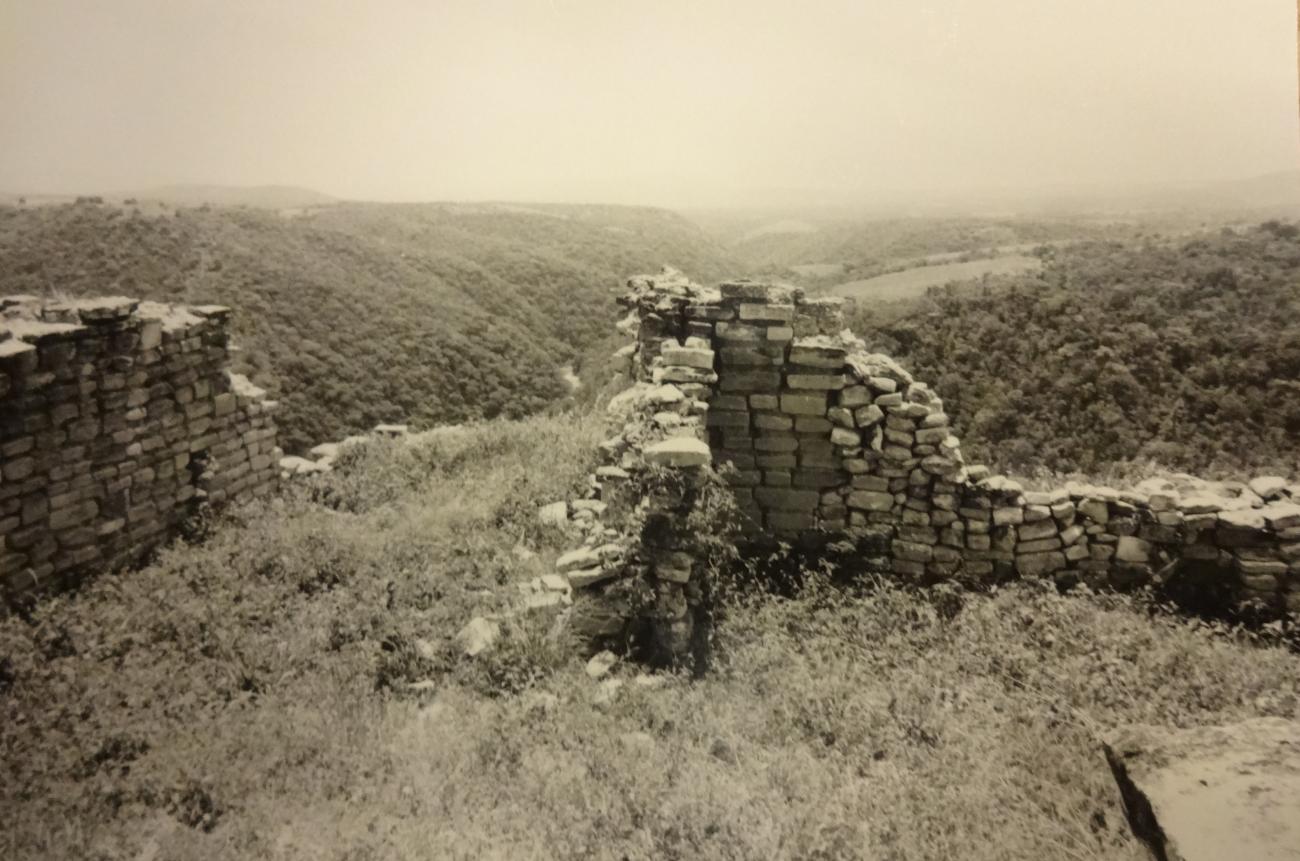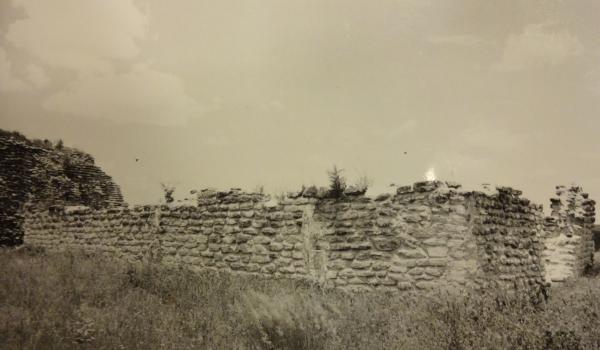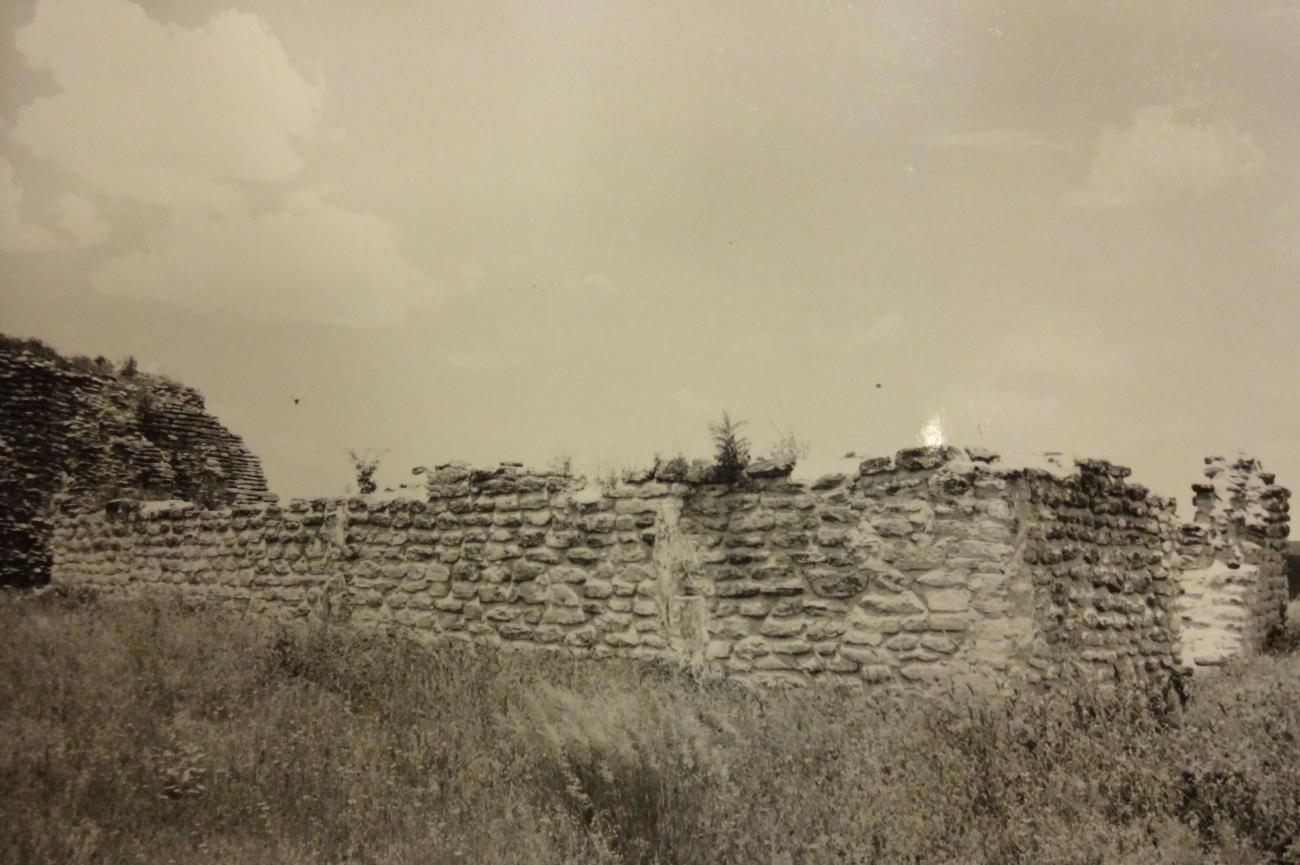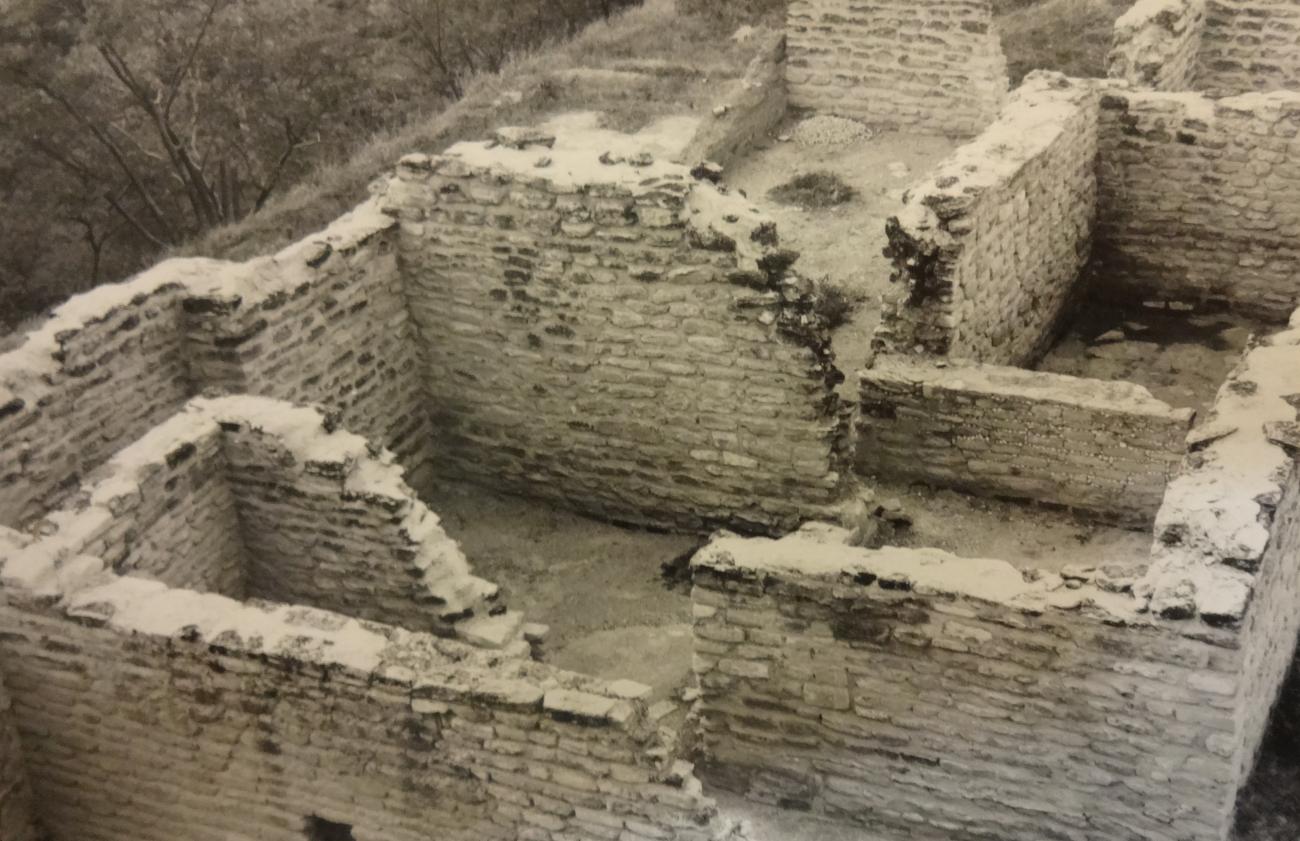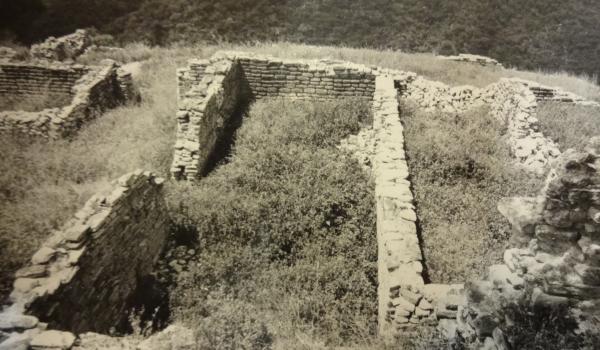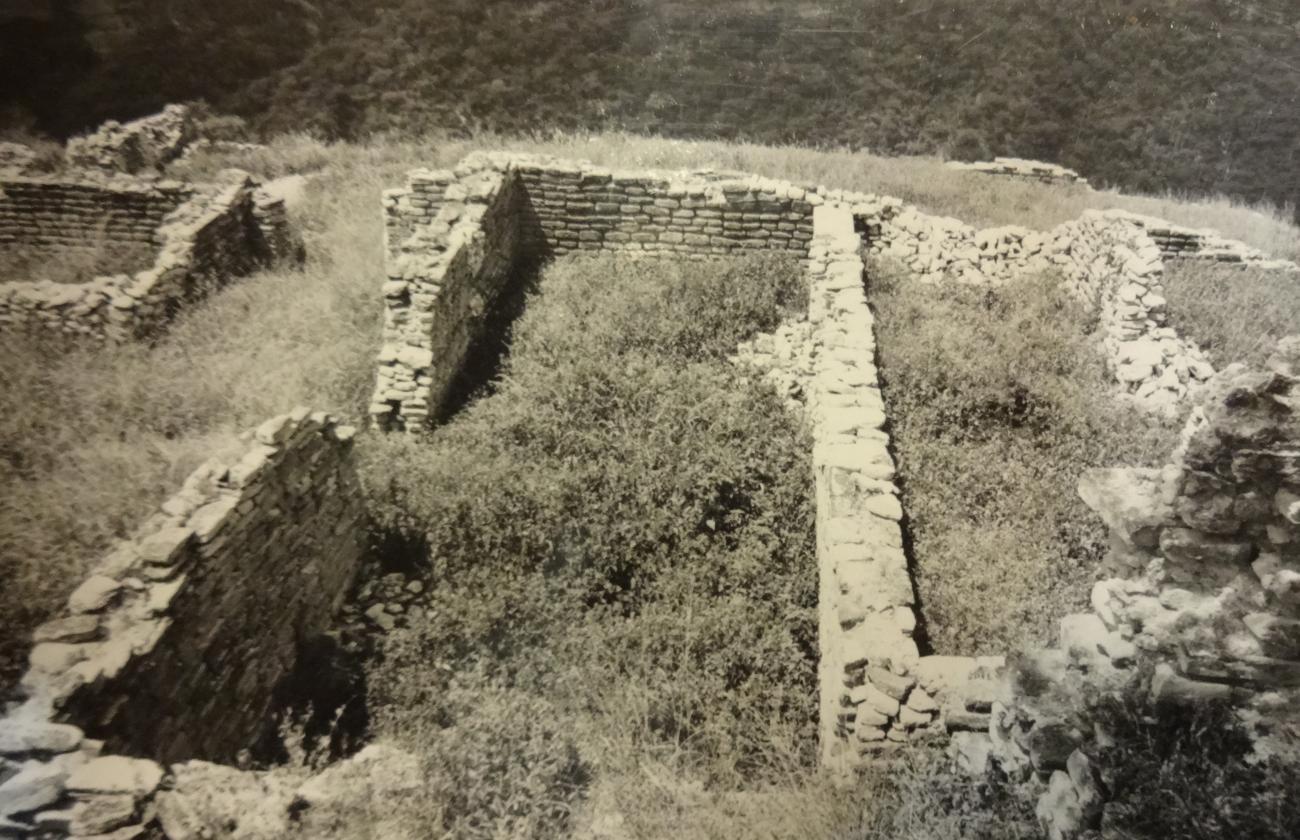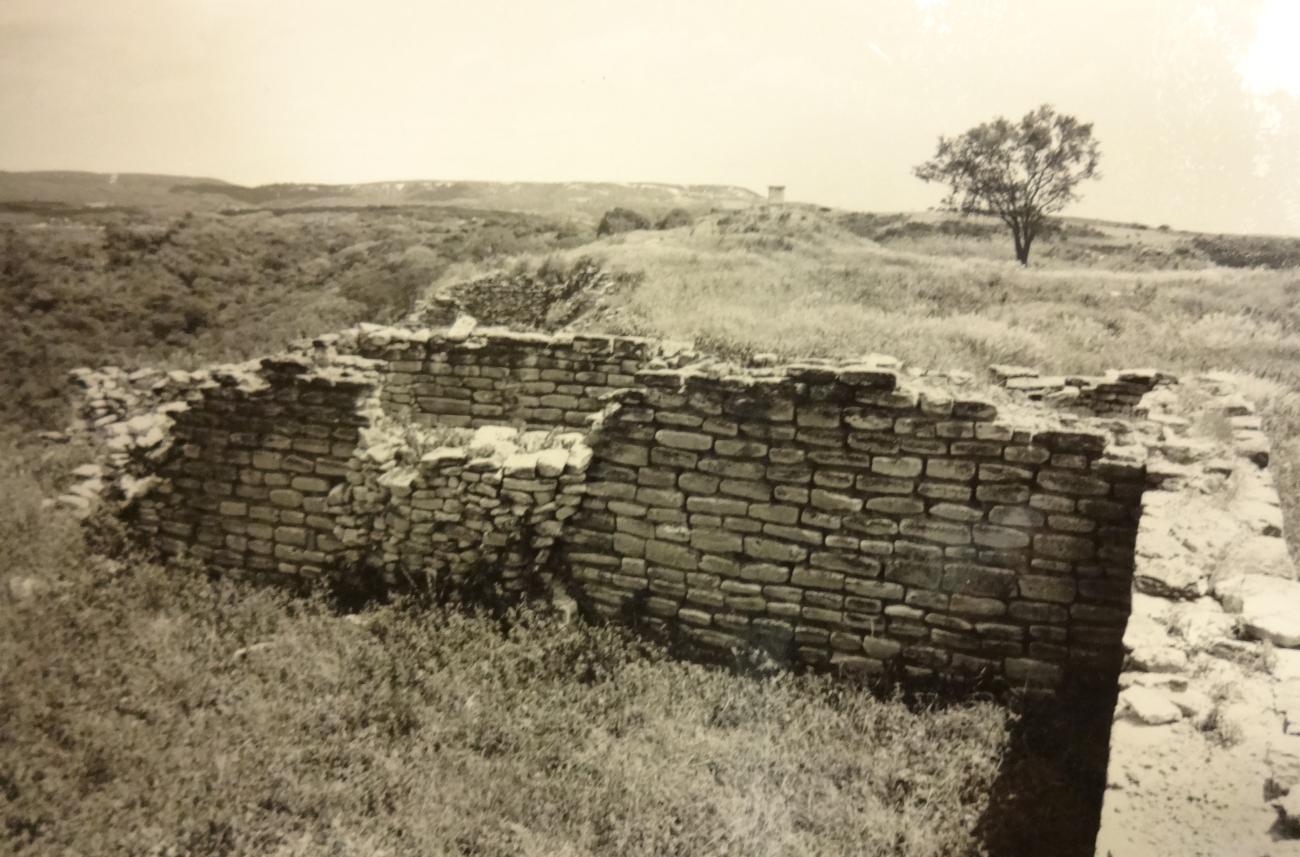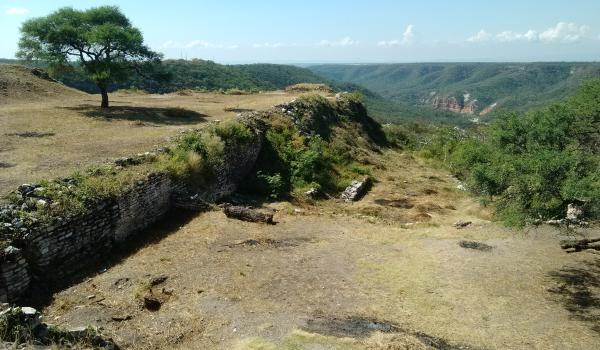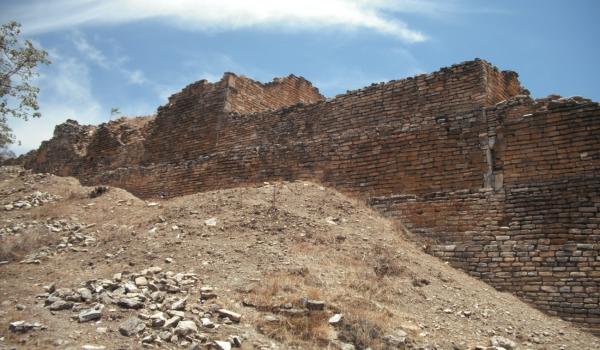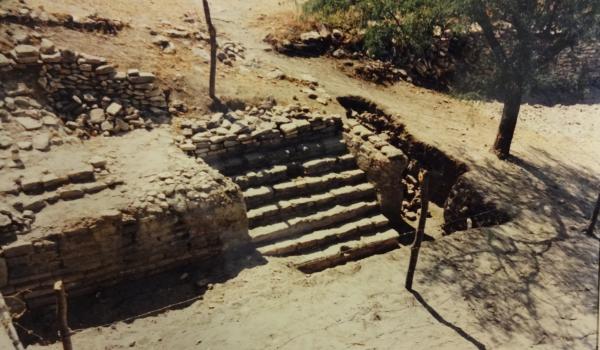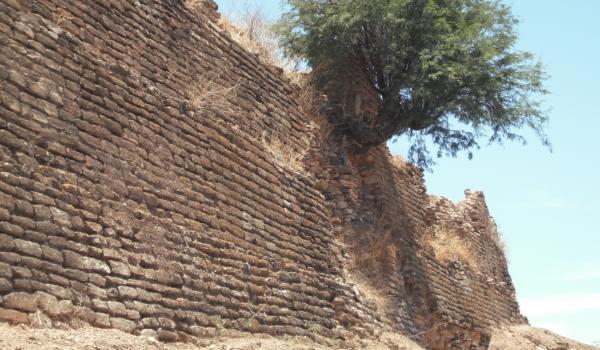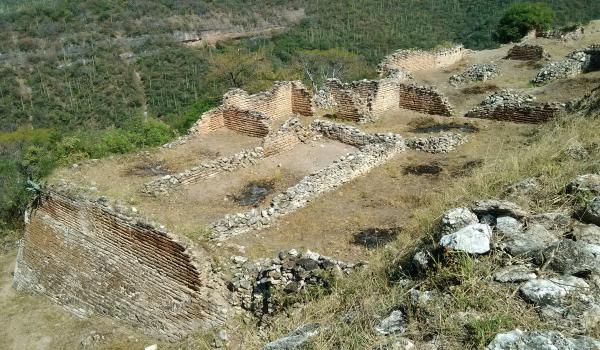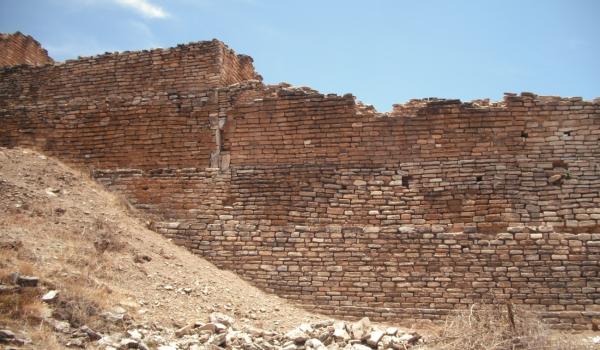Visit us
Tepexi el Viejo
Opening hours
Thursday to Sunday from 09:00 to 18:00 h
Fee
Sin costo Visitantes nacionales
Sin costo Visitantes extranjeros
Visitas fuera de horario normal de operación $730.00
Visits outside of normal operating hours $730.00
Adress
Road to Tepexi El Viejo Km 6 + 960 (approx.), Tepexi el Viejo, Municipality of Tepexi de Rodriguez, Puebla. Junction of the road with Ignacio Zaragoza street.
Access
Via federal highway number 150 towards Tepeaca; nine km later take the turn off for Tepexi de Rodríguez; two kilometers after the Moralillo ranch, a track leads to the site. Starting from Tepexi de Rodríguez, a dirt road of approximately 16 km leads to the site.
Important
- No smoking
- No entry with food
- Pets not allowed

